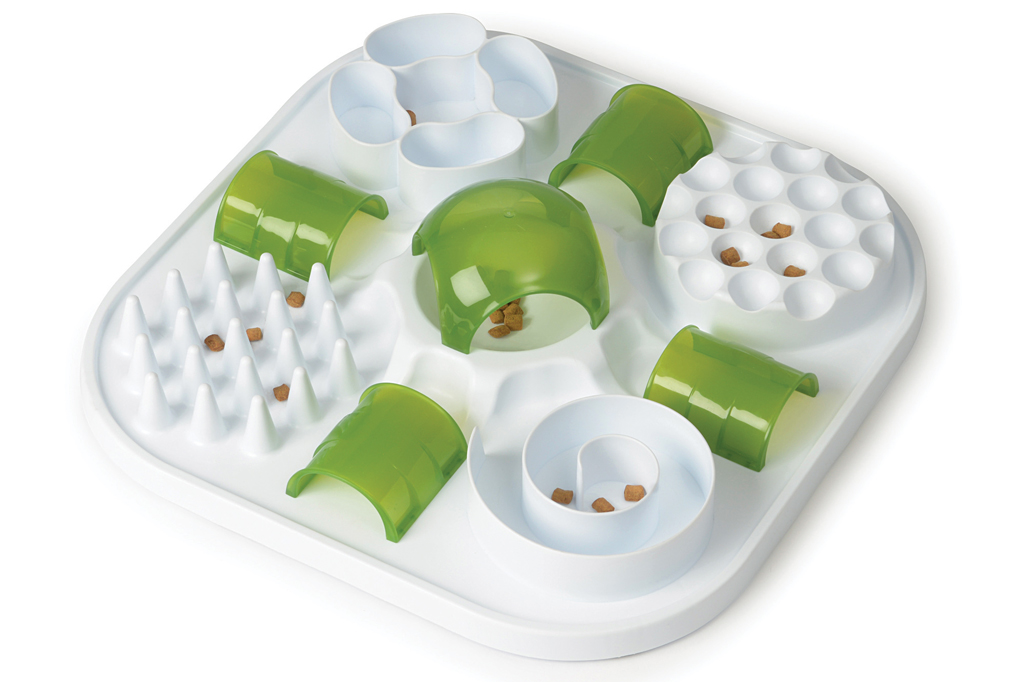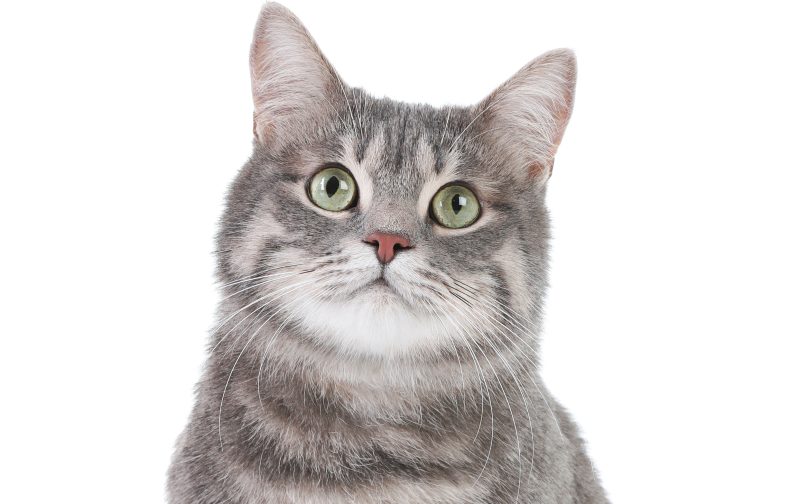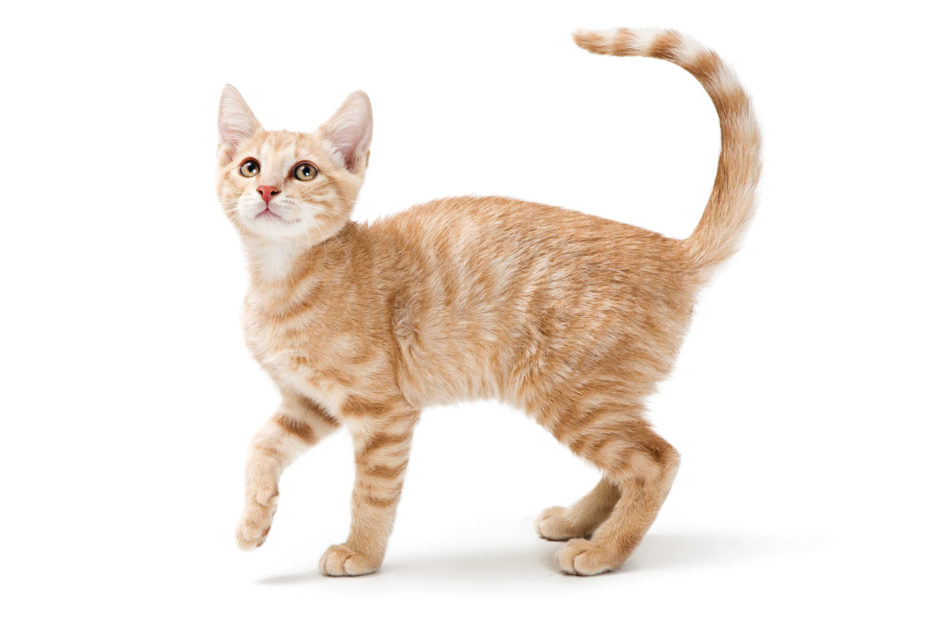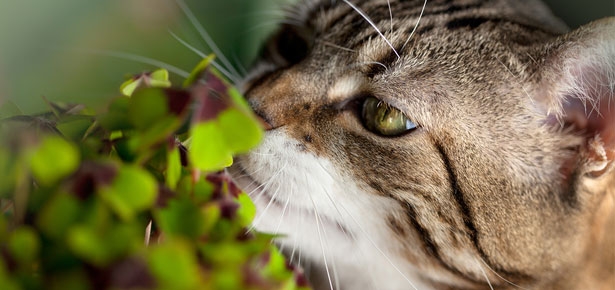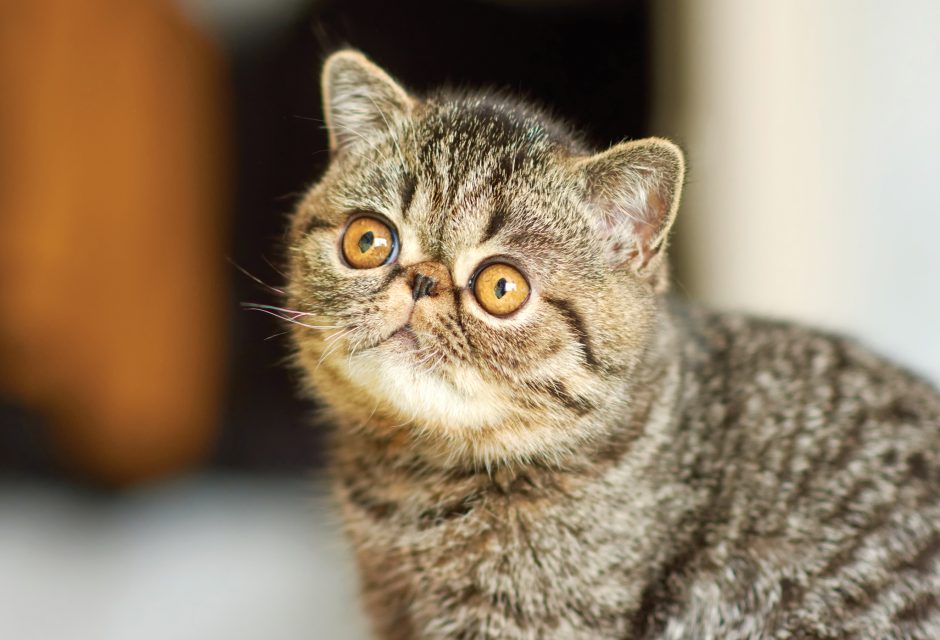
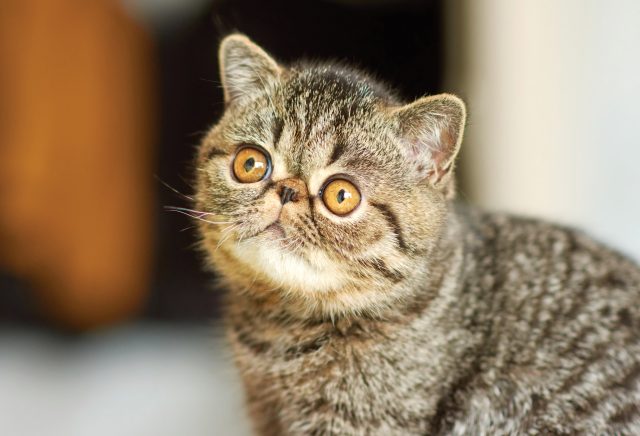
Cat Dementia
Signs & How to Help Your Cat
Just like humans, cats can develop dementia. In cats, it’s called Feline Cognitive Dysfunction. It’s most often noticed in senior cats, with symptoms similar to those of people with Alzheimer’s. The feline brain starts to decline at around 10-15 years old, so cat dementia is more likely to occur after age 10.
This Acronym Helps Spot the Early Signs of Dementia in Cats
Researchers from the University of Edinburgh have come up with a useful acronym that can help cat owners spot the signs of dementia: VISHDAAL.
V Excessive Vocalization: Is your cat making far more noise than usual?
I Changes in Social Interaction: Is your cat becoming distant or less playful?
S Changes in Sleep Patterns: Is your cat sleeping more or less than usual?
H House soiling: Is your cat peeing or pooing inside the house when formerly litter-trained?
D Disorientation: Is your cat becoming lost or easily confused?
A Changes in Activity: Is your cat more docile or slower than before?
A Increased Anxiety: Is your cat more stressed or aggressive?
L Learning and/or memory defects: Is your cat forgetting their name or the names of their favorite toys?
Use this acronym to help remember and spot the signs of Feline Cognitive Dysfunction. If you suspect your cat has dementia, speak to your vet and implement some easy-to-make changes in your home to help you and your cat adjust.
10 Things That Can Help Cats Suffering From Dementia
- Avoid changing the location of food, litter, or favourite rest spots.
- Keep your cat’s brain active with lots of puzzles and engaging cat toys.We like Catit̓s Play Treat Puzzle ($29, catit.ca). Hide cat treats or food in the six unique treat puzzle layouts to challenge and entertain your cat!
- Use ramps, pet stairs, or boxes to help make getting around easier.
- Use nightlights or dimmer lights to encourage better sleeping patterns.
- Introduce supplements and dietary changes. Omega-3 fatty acids (EPA and DHA) are known to help modulate the inflammatory process and can help a cat with dementia, says VCA Animal Hospital.
- Choose litter boxes with low, easy-access fronts that make it easier for older cats to get in and out of.
- Try a plug-in or spray pheromone diffuser to help your cat relax.
- Stick to a daily routine, such as keeping the same mealtimes. A timed cat feeder, such as the PETLIBRO Automatic Cat Feeder ($70, amazon.com), can help with this.
- Offer additional beds and rest spots.
- Understand “accidents” happen—realize your cat is not doing it on purpose. If your cat is suddenly soiling one area in particular, try adding a litter box in that location.
This article originally appeared in the award-winning Modern Cat magazine. Subscribe today!
Join the newsletter and never miss out on cat content again!
"*" indicates required fields
By clicking the arrow, you agree to our web Terms of Use and Privacy & Cookie Policy. Easy unsubscribe links are provided in every email.





